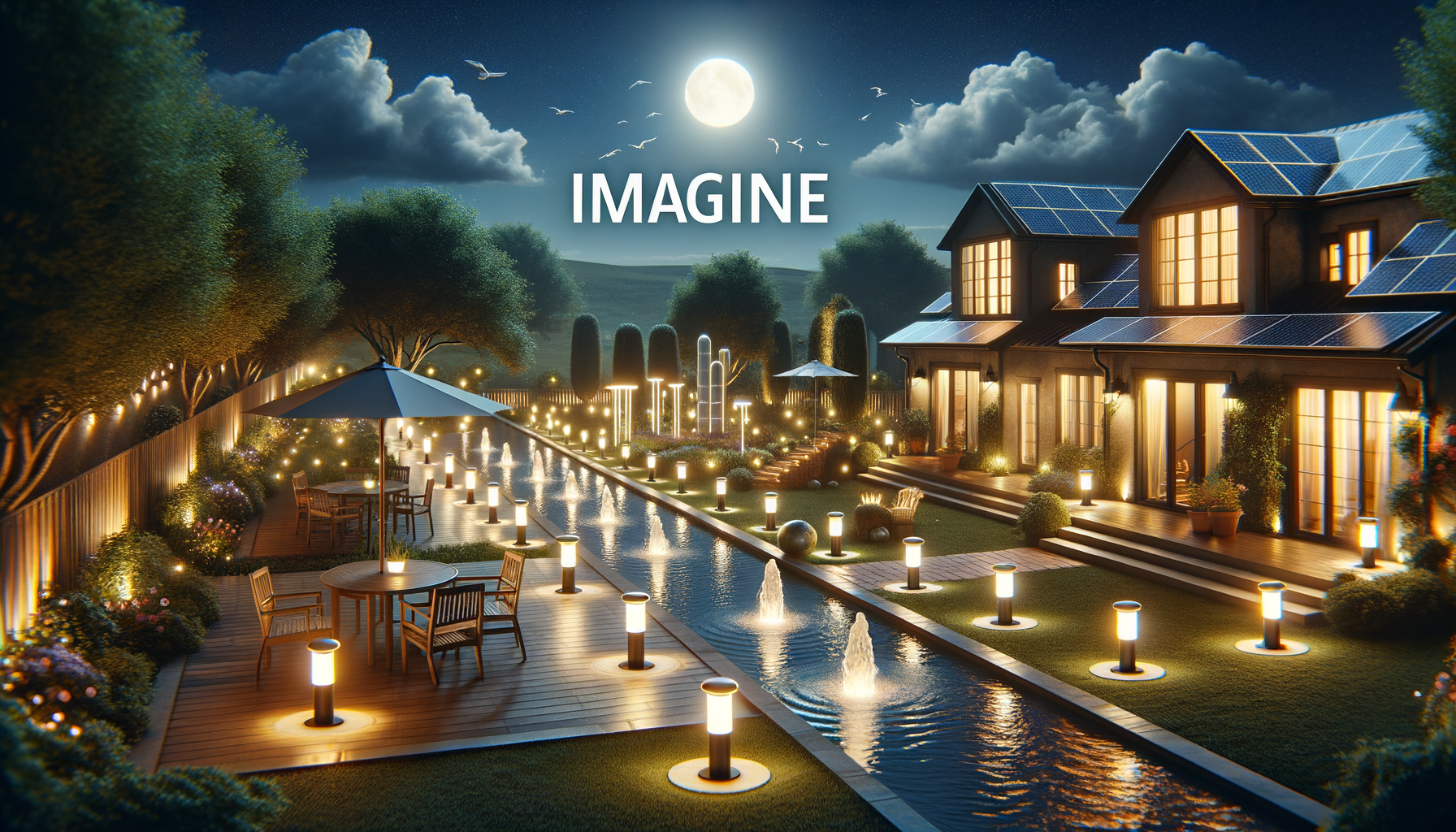Understanding the Importance of Outdoor Lighting
Outdoor lighting serves more than just an aesthetic purpose; it is a crucial element for safety, security, and ambiance. As the sun sets, a well-lit exterior can transform a dim and uninviting space into a warm and welcoming environment. Proper lighting not only highlights the architectural features of your home but also ensures safe navigation around your property. According to the U.S. Department of Energy, outdoor lighting accounts for about 10% of the total lighting electricity use in residential buildings. This statistic underscores the importance of choosing energy-efficient options that can help reduce energy consumption and, consequently, your utility bills.
Moreover, outdoor lighting plays a significant role in deterring crime. A study by the National Institute of Justice found that areas with better lighting experienced a reduction in crime rates by up to 21%. This data highlights the dual benefits of outdoor lighting: enhancing the beauty of your home while simultaneously providing a safer environment. Whether you are hosting an evening gathering or simply enjoying a quiet night on your patio, the right lighting can set the perfect mood and extend your outdoor living space well into the night.
Types of Outdoor Lighting Solutions
When it comes to outdoor lighting, there are various options available, each serving different purposes and offering unique benefits. Here are some popular types:
- Path Lights: These are small fixtures that line walkways, driveways, and garden paths, providing both illumination and direction.
- Spotlights: Used to highlight specific features like trees, statues, or architectural elements, spotlights can create dramatic effects.
- Floodlights: Ideal for security purposes, floodlights cover large areas with bright light, deterring potential intruders.
- Deck and Step Lights: These lights are essential for safety, illuminating stairs and decks to prevent accidents.
- String Lights: Perfect for creating a festive atmosphere, string lights add a whimsical touch to patios and pergolas.
Choosing the right type of lighting depends on your specific needs and the layout of your outdoor space. Combining different types can provide layered lighting that enhances both functionality and aesthetics.
Energy-Efficient Lighting Options
With growing awareness about environmental sustainability, energy-efficient lighting has become a priority for many homeowners. LED lights are among the most popular choices due to their long lifespan and low energy consumption. According to the U.S. Department of Energy, LEDs use at least 75% less energy and last 25 times longer than incandescent lighting. This makes them an excellent choice for outdoor use, where lights may be on for extended periods.
Another energy-saving option is solar-powered lights. These fixtures harness sunlight during the day and convert it into energy stored in batteries, which power the lights at night. Solar lights are not only eco-friendly but also cost-effective, as they eliminate the need for wiring and reduce electricity costs. Additionally, motion-sensor lights are a smart choice for security lighting, as they only activate when movement is detected, conserving energy while enhancing safety.
By opting for energy-efficient lighting solutions, you can reduce your carbon footprint and enjoy significant savings on your energy bills.
Designing with Outdoor Lighting
Designing your outdoor lighting involves more than just choosing fixtures; it’s about creating a cohesive look that complements your home’s architecture and landscape. Start by identifying the areas you want to illuminate and the mood you wish to create. For instance, warm lights can create a cozy atmosphere, while cooler tones might be more suitable for task lighting.
Consider using a combination of uplighting and downlighting to add depth and dimension to your outdoor space. Uplighting, which involves placing lights at ground level to shine upward, can accentuate trees and architectural features. Downlighting, on the other hand, mimics natural light by casting a glow from above, ideal for patios and seating areas.
Layering your lighting by using different types of fixtures can create a balanced and inviting ambiance. For example, path lights can guide guests to your front door, while string lights add a touch of magic to your garden. Remember to keep the overall design in harmony with your home’s style, ensuring that the lighting enhances rather than overwhelms.
Maintaining Your Outdoor Lighting
Proper maintenance of your outdoor lighting is essential to ensure it continues to function effectively and looks its best. Regular cleaning of fixtures can prevent dirt and debris from diminishing light output. For solar lights, make sure the panels are free from dust and obstructions to maximize energy absorption.
Check for any signs of wear and tear, such as frayed wires or broken bulbs, and replace them promptly to avoid safety hazards. It’s also a good idea to periodically adjust the positioning of lights to accommodate changes in your landscape, such as growing plants that might block light.
Consider scheduling an annual inspection by a professional to ensure that your lighting system is in optimal condition. This can help identify potential issues before they become significant problems, saving you time and money in the long run. By staying proactive with maintenance, you can enjoy the benefits of your outdoor lighting for many years to come.




Leave a Reply